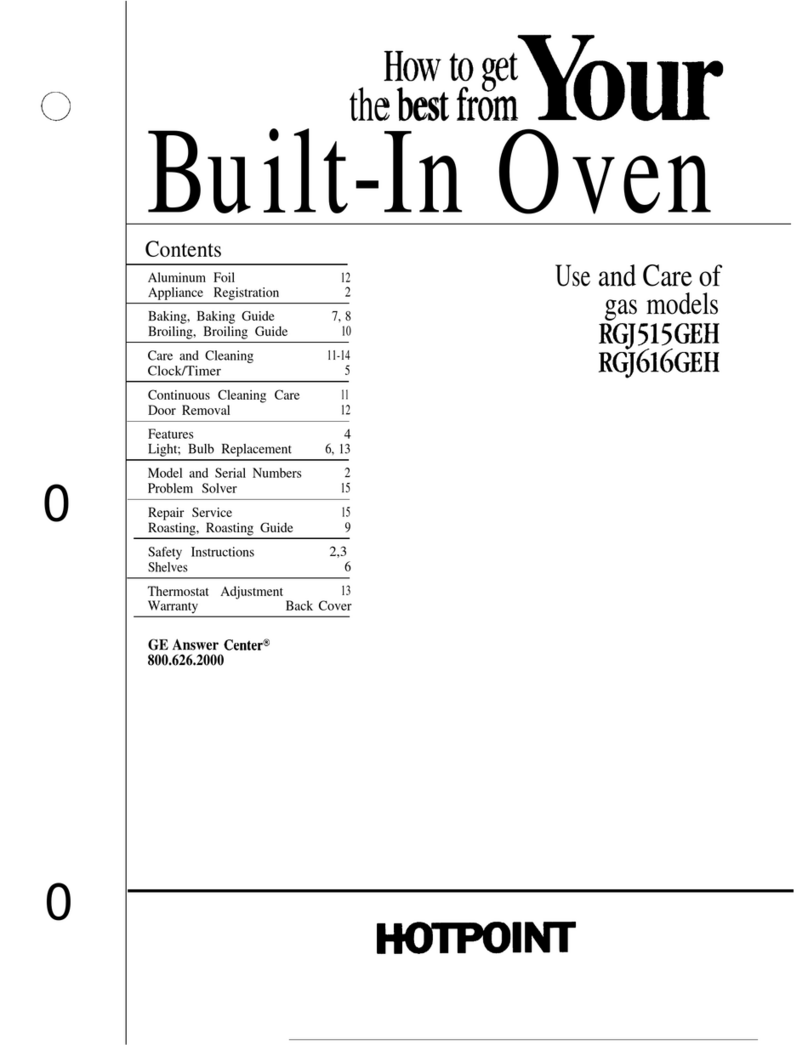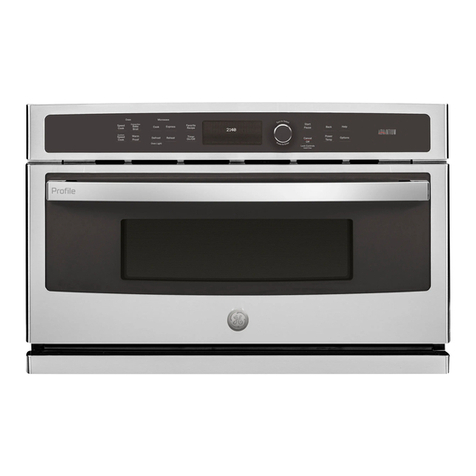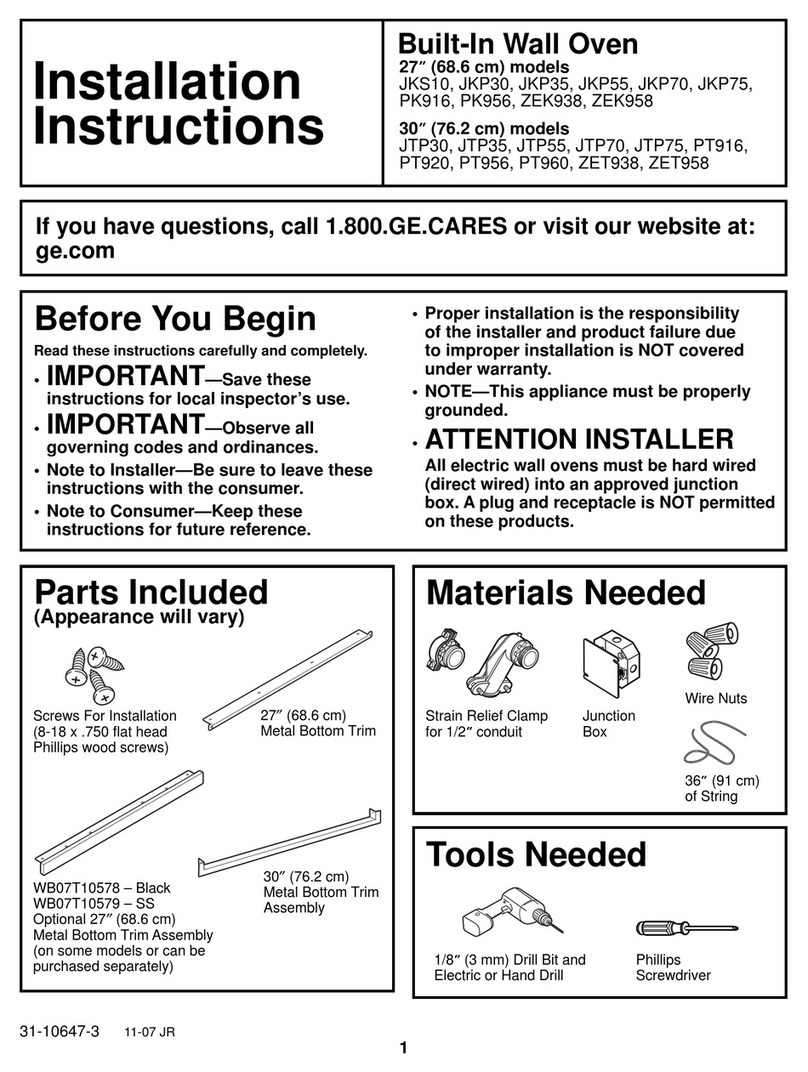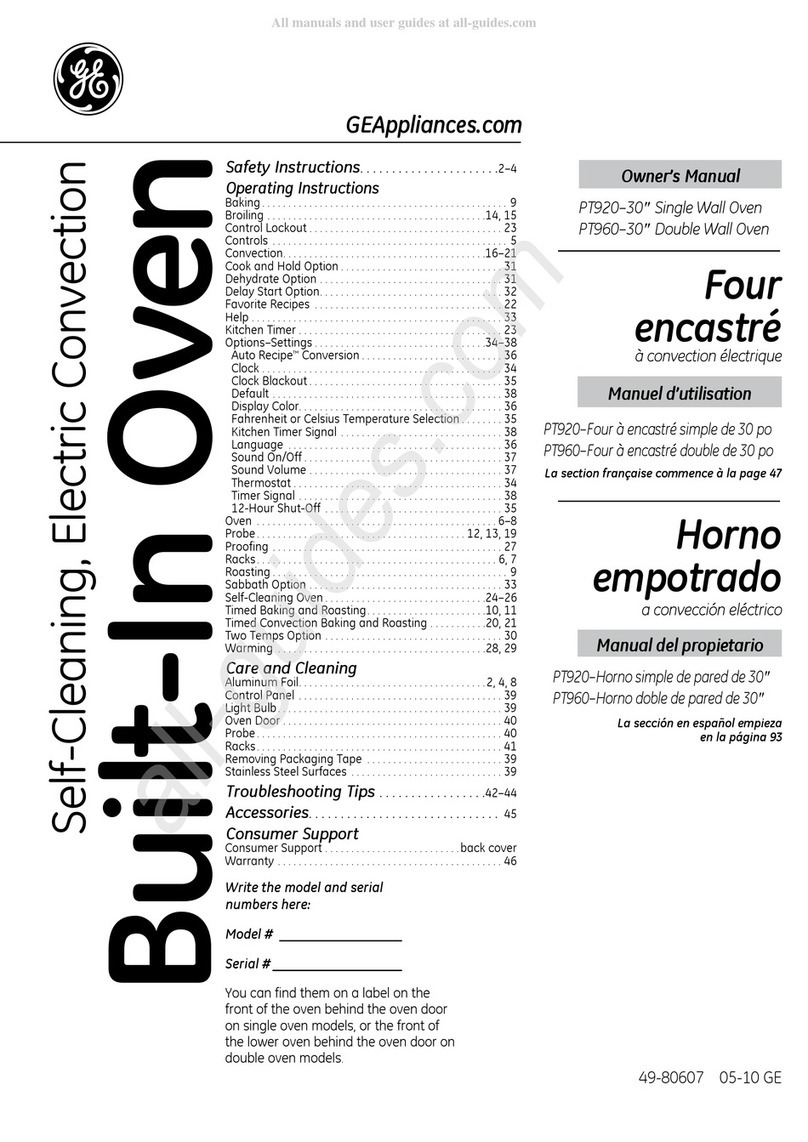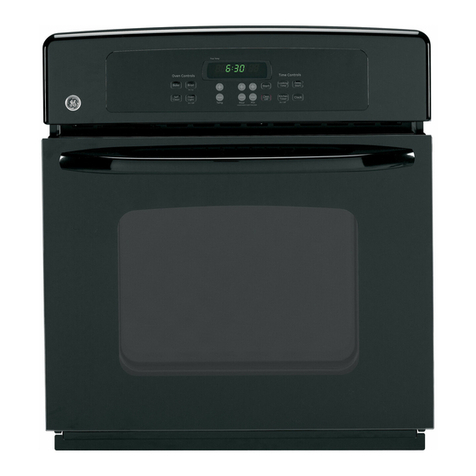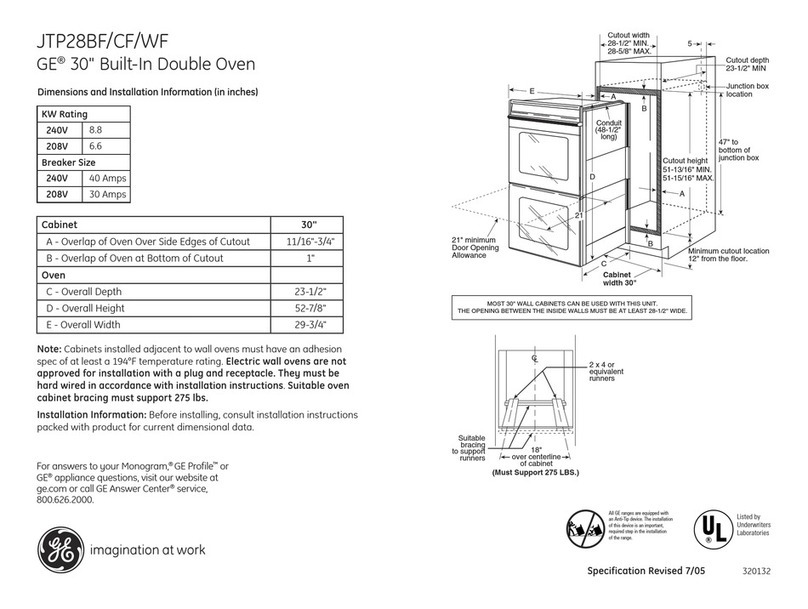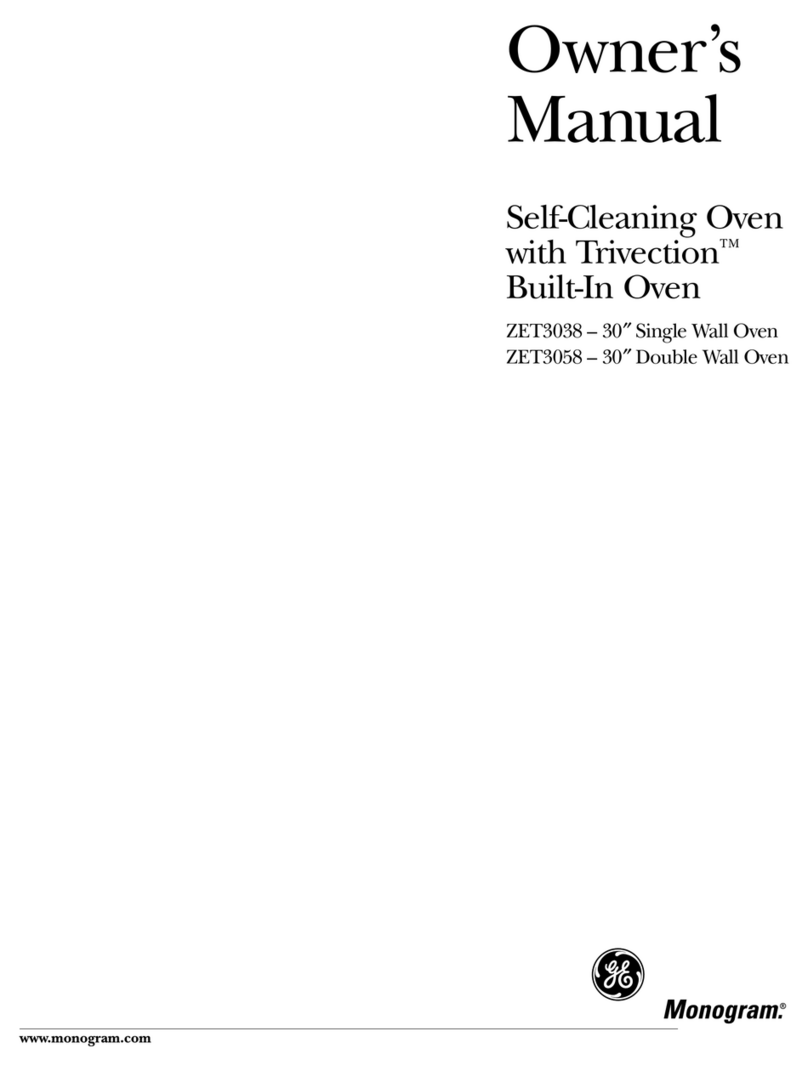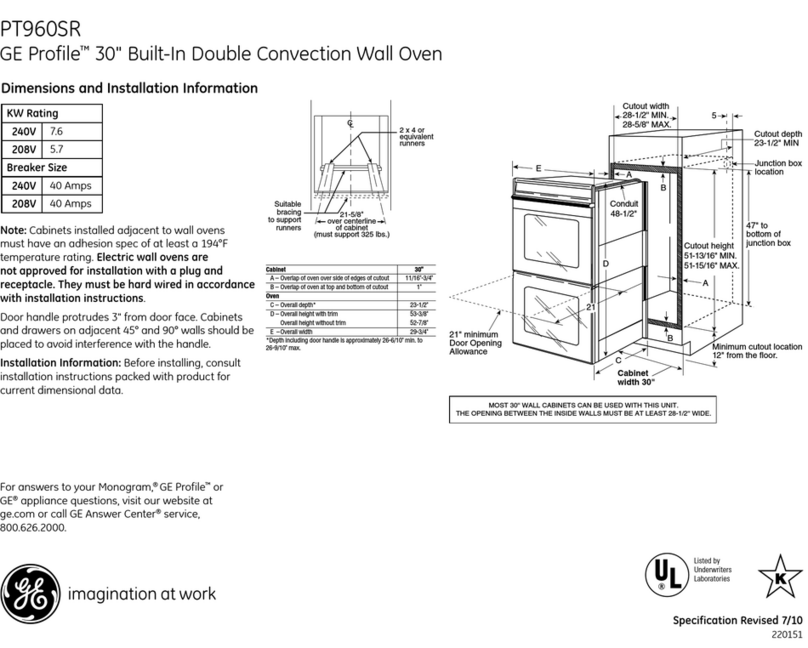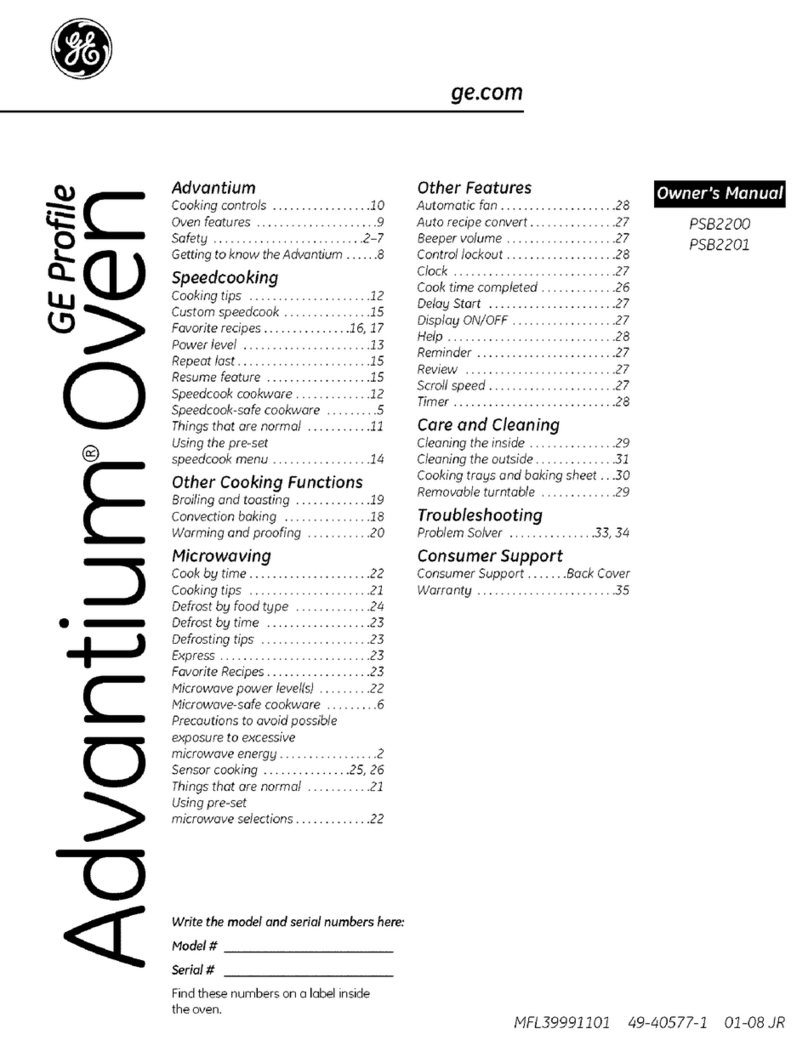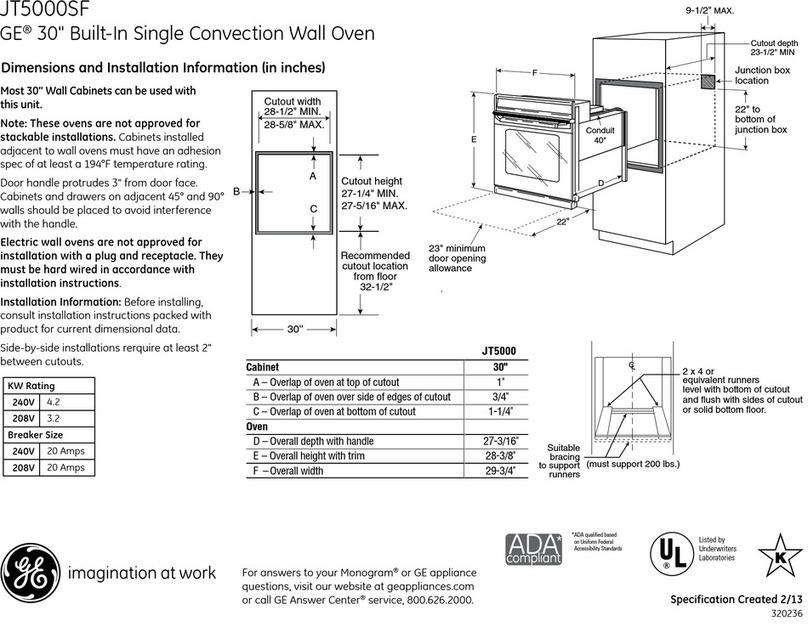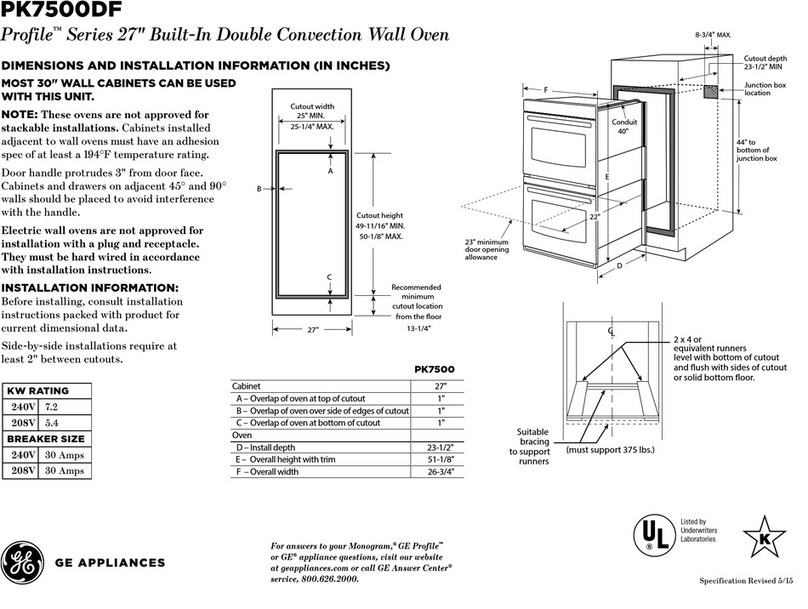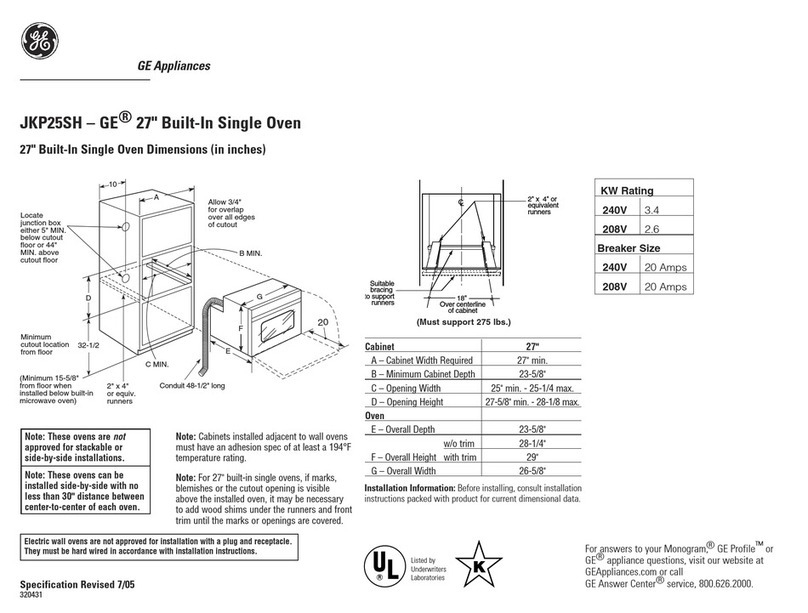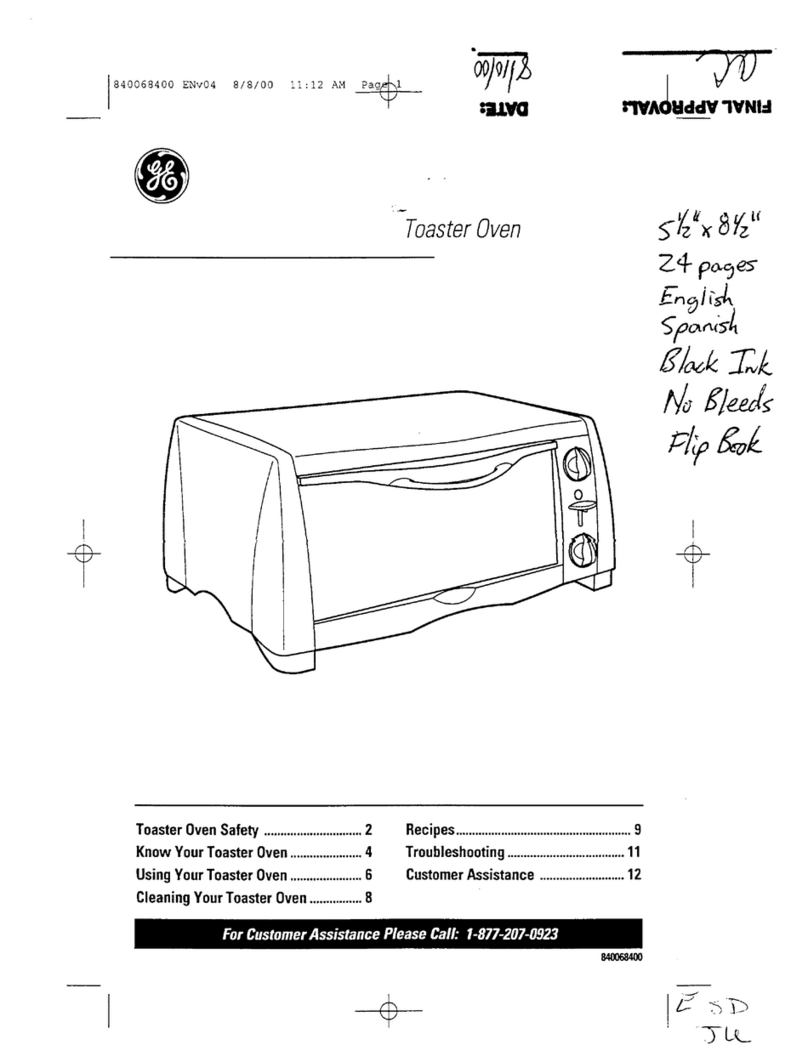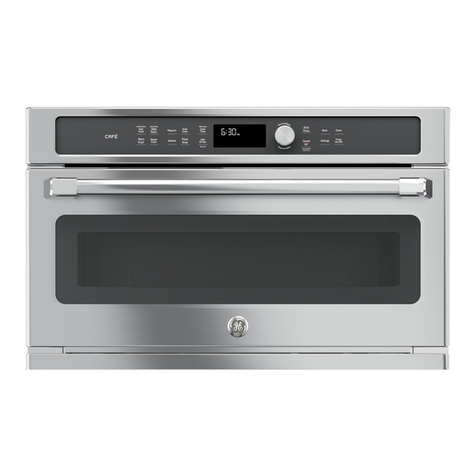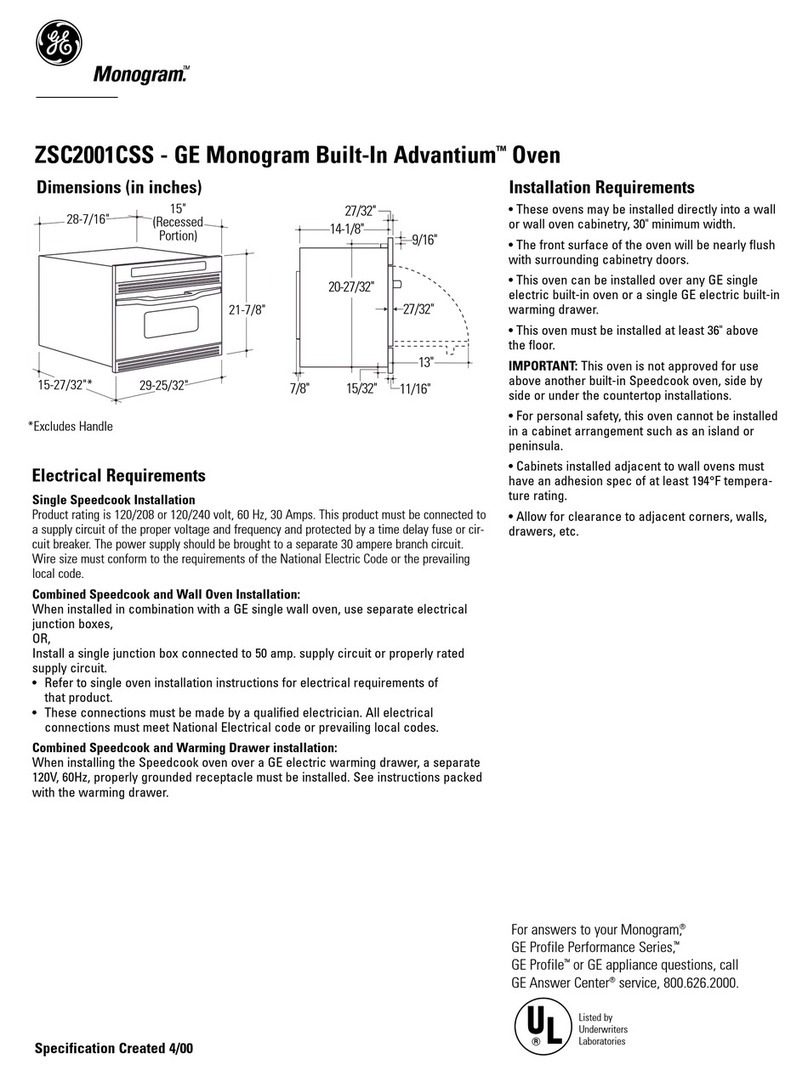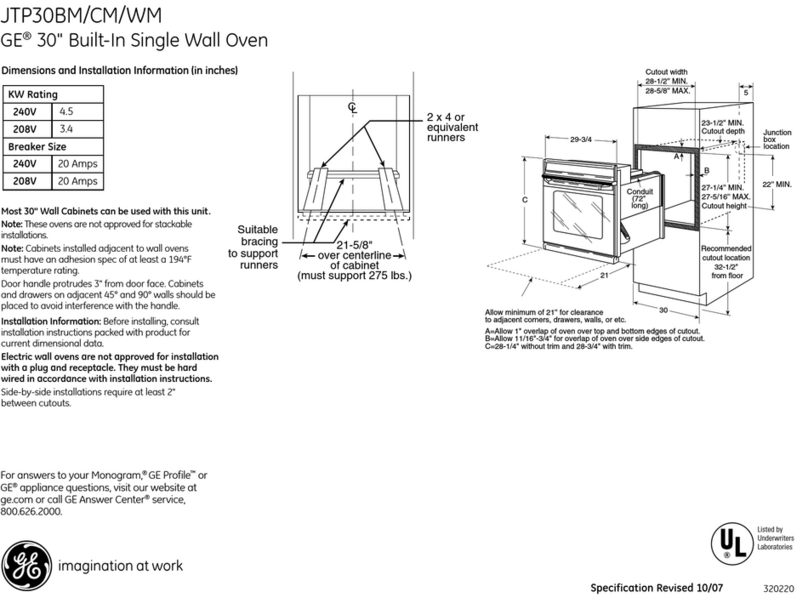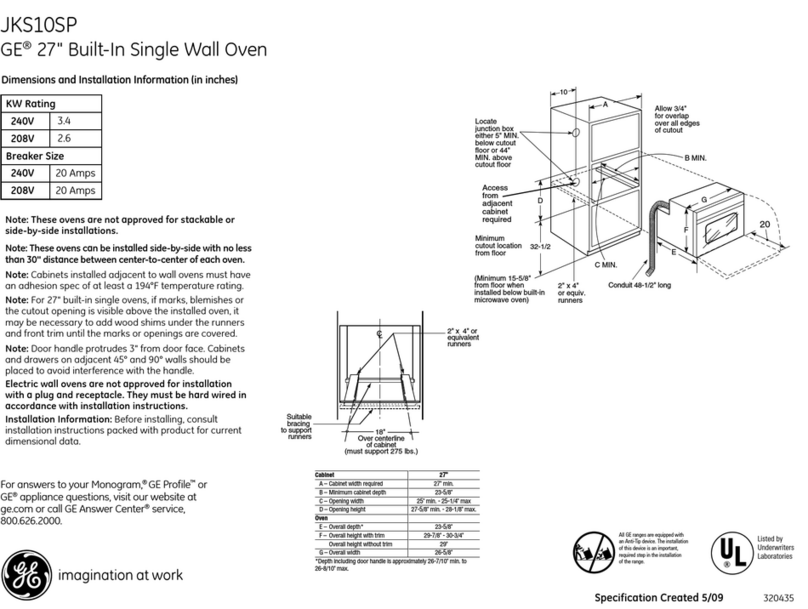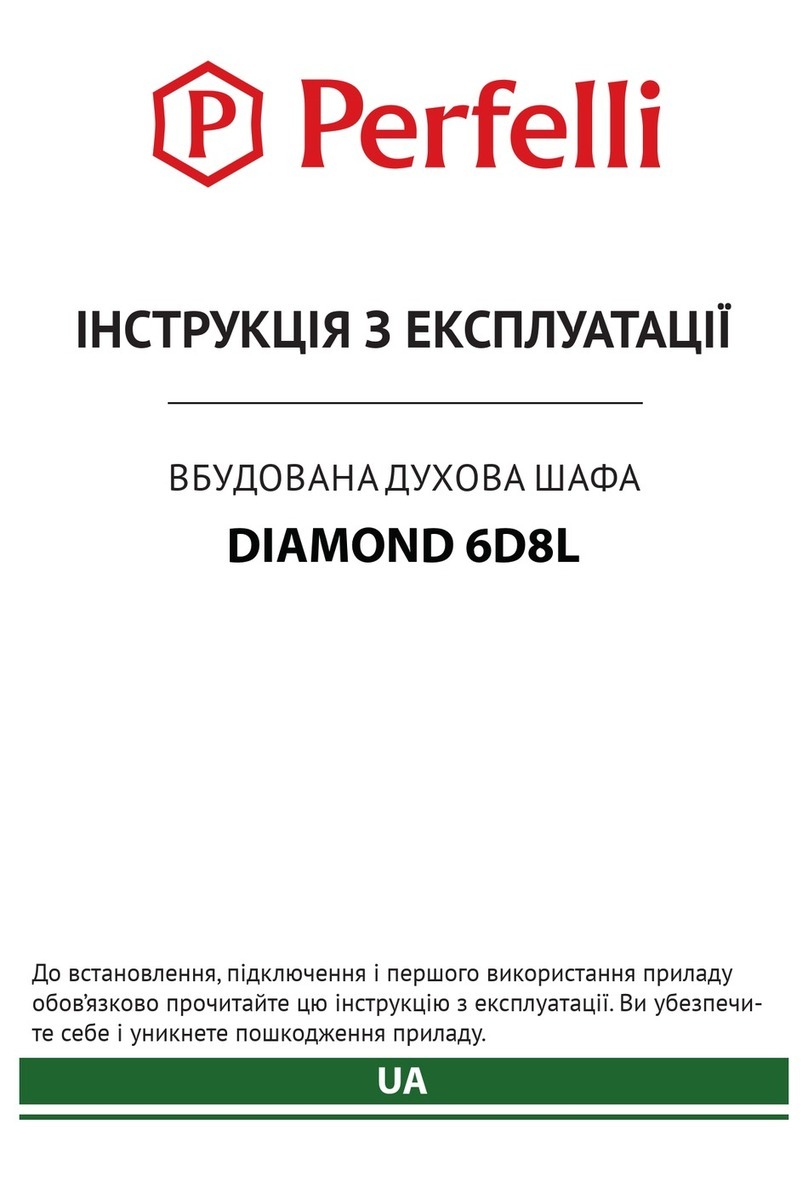
IMPORTANT SAFETY INSTRUCTIONS (continued)
Oven:
• Stand away from the range
when opening oven door. The hot
air
or
steam which escapes can
cause burns to hands, face and/
or
eyes.
• Don't heat unopened food con·
tainers in the oven. Pressure could
build up and the container could
burst causing an injury.
• Keep oven vent ducts
unobstructed.
• Keep oven free from grease
buildup.
• Place oven rack in desired posi·
tion while oven
is
coo
l.
If
racks
must
be
handled when hot, do not
let
potholder contact heating units
in
th
e oven.
• Pulling out shelf to the shelf
stop
is
a convenience in lifting
heavy food
s.
It
is
also a precau-
tion against burns from touching
hot surfaces
of
the door
or
oven
walls.
• When using cooking or
roasting bags
in
oven, follow the
manufacturer's directions.
• Do not
use
your oven to dry
newspapers.
If
overheated, they
can catch
fire.
Self-Cleaning Oven:
• Do not clean door gasket. The
door gasket
is
essential for a good
seal. Care should be taken not to
rub, damage,
or
move the gasket.
• Do not use oven cleaners.
No commerc
ial
oven cleaner
or
oven liner protective coating
of
any kind shou
ld
be used
in
or
around any part
of
the oven.
• Clean only parts listed in this
Use
and Care Book.
• Before self·cleaning the oven,
remove broiler pan and other
utensils.
Surface Cooking Units:
•
Use
Proper
Pan
Size-This
appliance
is
equipped with one or
more surface units of different
size. Select utensils having flat
bottoms large enough to cover the
surface unit heating element. The
use
of
undersized utensils
will
expose a portion
of
the heating
element to direct contact and may
result in ignition
of
clothing.
Proper relationship of utensil
to burner
will
also improve
ef
fi
c
ien
cy.
• Never leave surface units
unattended at high heat settings.
Boilover causes smoking and
greasy spillovers
th
at may catch
on
fire.
•
Be
sure drip pans and vent
ducts are not covered and are
in
place. Their absence during cook·
in
.g
.could damage range parts and
wmng.
• Don't
use
aluminum foil to line
drip pans
or
anywhere in the oven
except as described
in
this book.
Misuse could
re
sult in a shock,
fire
hazard,
or
damage to the
ran
ge.
• Only certain types
of
glass,
glass/ceramic, ceramic, earthen-
ware, or other glazed containers
are suitable for range-top service;
others may break because of the
sudden change in temperature
(See Section on "Surface Cooking"
for suggestion
s.)
•
To
minimize bums, ignition
of
fl
ammable materials, and spillage;
the handle
of
a container shou
ld
be positioned so that
it
is
turned
toward the center
of
the range
without extending over nearby
surface units.
• Don't immerse
or
soak remov·
able surface units. Don't put them
in a dishwasher.
4
• Always turn surface unit to
OFF
before removing utensil.
• Keep an eye on foods being
fried at
HIGH
or
MEDIUM
HIGH heats.
•
To
avoid the possibility
of
a
bum
or
electric shock, always be
certain that the controls for
aU
surface units are at
OFF
position
and
all
coils are cool before
attempting to remove the unit.
• When flaming foods under the
hood, turn the fan off. The fan,
if
operating, may spread the flame.
• Foods for frying should be'as
dryas
possible. Frost on frozen
foods
or
moisture on fresh foods
can cause hot fat to bubble up
and over sides
of
pan.
•
Use
little fat for effective
shallow
or
deep·fat frying. Filling
the pan too
full
offat
can cause
spillovers when food
is
added.
• If a combination
of
oils
or
fats
will
be
used in frying, stir together
before heating,
or
as fats melt
s
lo
wly.
• Always heat fat slowly, and
watch as it heats.
•
Use
deep fat thennometer
whenever possible to prevent over-
heating fat beyond
th
e smoking
point.
SAVE THESE
INSTRUCTIONS
